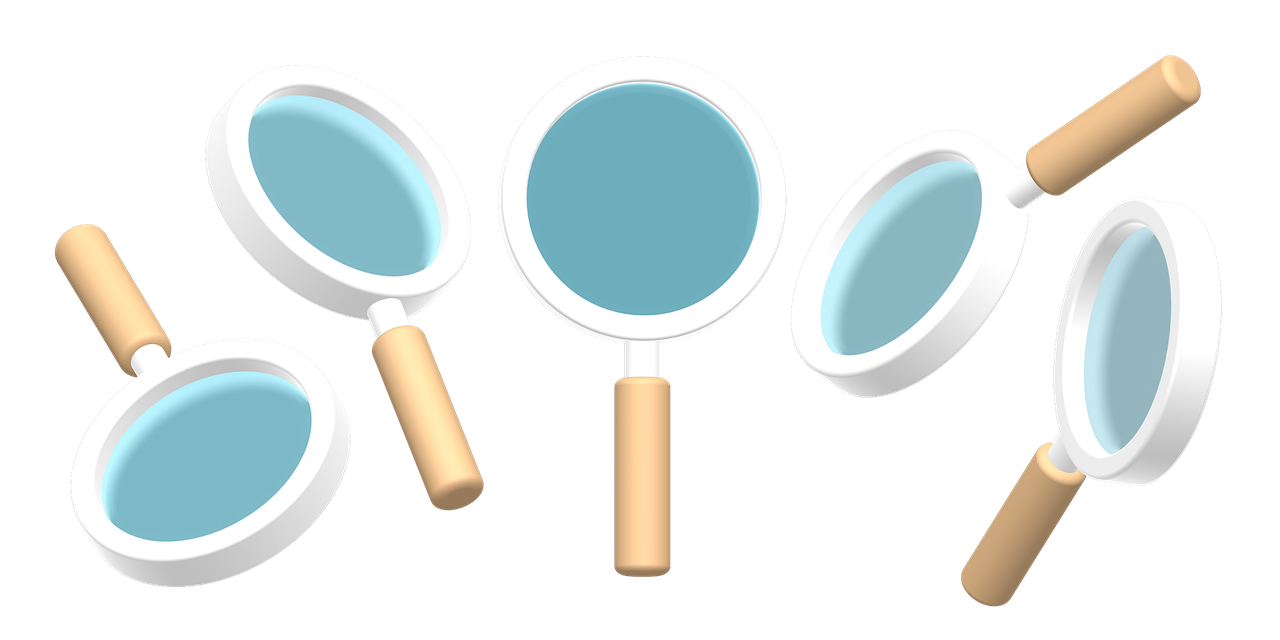Digging Into History: Civic Inquiry in the ESL Classroom

At West Chicago Community High School, ESL teacher Allison Baxter is navigating the complex realities of post-pandemic learning with her English language learners. Like many educators, she has seen students return to classrooms with lower literacy levels, higher absenteeism, and, perhaps most concerning, greater levels of apathy. For her, inquiry-based civic learning has become a way to meet these challenges head-on.
“I really have to shelter all language and do work in class,” Baxter explained. “I also need to break work into smaller parts and get them motivated to investigate.”
Centering Inquiry Around Ona Judge
Baxter’s most recent civic inquiry focused on the life of Ona Judge, an enslaved woman who escaped from George and Martha Washington. In the fourth quarter, her students read Never Caught: The Story of Ona Judge, and their curiosity naturally extended beyond the book’s pages.
“My students wanted to find out the story behind the book,” Baxter said. “We wanted to understand how relentlessly he and Martha pursued Ona Judge, and how he presented it (or didn’t) to the public in letters and advertisements.”
To answer those questions, Baxter brought in a range of primary sources—George Washington’s letters, journals, and fugitive slave advertisements. “Luckily, George Washington kept meticulous notes and journals about politics, his farms, and the people he enslaved,” she explained. “Especially with this unit, the primary sources are shocking and compelling in their inhumanity and cruelty. Students recognize that immediately and are curious to dig deeper.”
Scaffolding for Success
Even in her highest-level ESL class, students read at around a fourth- or fifth-grade level. To make the inquiry possible, Baxter built in intentional supports. She introduced a Cornell two-column note-taking form to help students break down challenging text, glossed difficult vocabulary directly in the documents, and used children’s books to provide accessible supplemental material.
“I offered them lots of structure and scaffolding, but left the critical thinking and exploration to them,” she explained.
She also relied on the Question Formulation Technique (QFT) to give students ownership of the inquiry process. By generating and prioritizing their own questions, students were able to guide their exploration while practicing critical thinking skills. Baxter added a simple but effective modification to the QFT forms: each group member used a different colored marker so she could track engagement.
“Working in groups helped amplify ideas and increase curiosity, while also helping students further scaffold their understanding,” she reflected.
Building Confidence and Autonomy
The combination of structured scaffolds, group collaboration, and accessible resources had a clear impact. Students not only uncovered the hidden history of Ona Judge but also built confidence in their ability to engage with primary sources.
“The materials were scaffolded, the students supported each other, and the children’s books were at an easy comprehension level so students could work independently…and have greater self-efficacy for the next civic inquiry,” Baxter said.
Connecting to the IDS Model
Baxter’s work aligns closely with the Illinois Democracy Schools (IDS) model, particularly in the areas of Creating Culture and Support for Excellence for All and Inquiry as the Primary Mode of Learning. By centering primary sources and student-driven inquiry, she creates space for her English learners to see themselves as capable civic investigators, even when working with difficult historical material.
Advice for Fellow Educators
For teachers considering inquiry-based approaches in their own classrooms, Baxter’s advice is straightforward: “Find compelling primary sources, make the work accessible for all students, and utilize your own enthusiasm to help students engage in primary sources as a way to understand history.”
Her experience demonstrates that even in classrooms where literacy and engagement are pressing concerns, civic inquiry can serve as both a tool for language development and a pathway to deeper understanding of democracy and justice.
